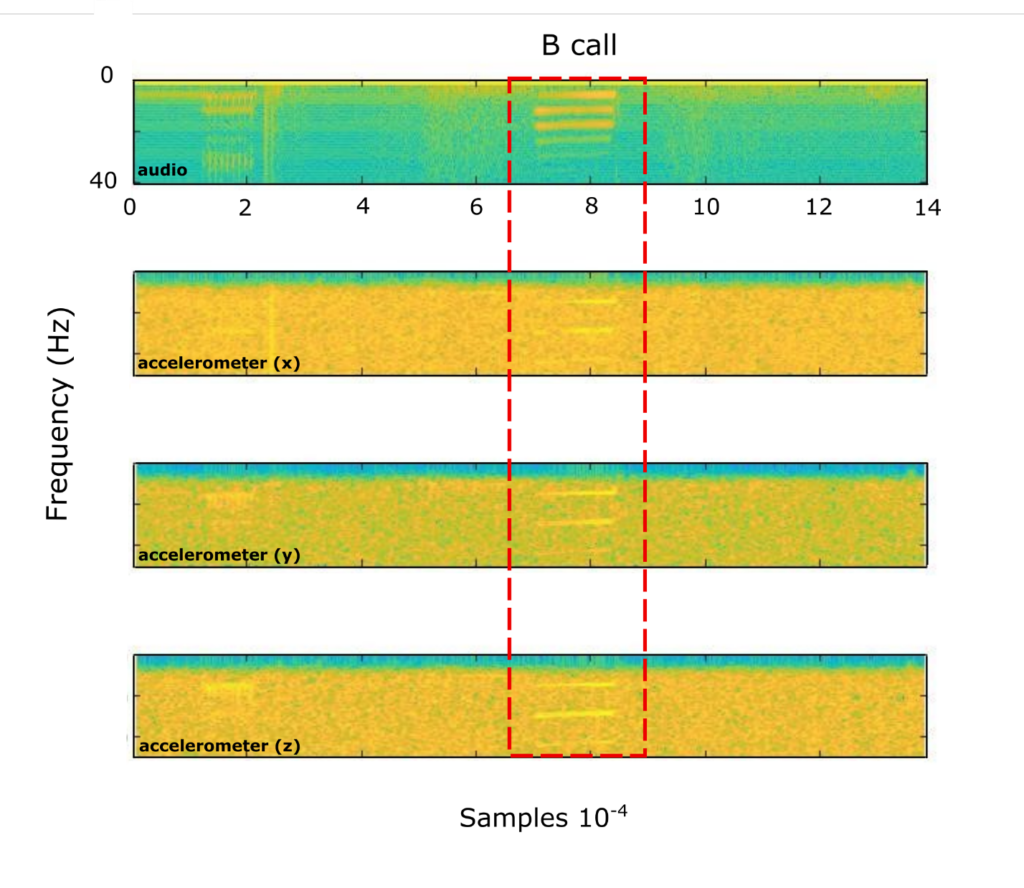Task 4a
Methods for cue rate estimation in baleen whales
For large baleen whales, identifying cues of the tagged whale from the tag can be challenging due to close amplitude of nearby animals. A variety of methods will be investigated, and the work will be carried out using data on blue, fin, right and humpback whales. Some of these data sets or approaches could be also used for task 4b, in particular inferring presence of acoustic cues in tag data that do not have an acoustic data stream. The results will also be used to improve cue rate estimates for these species as applicable (task 2) and will improve the breadth of the results obtained under tasks 5 and 6. While it is anticipated that preliminary cue rates might be available for these species already when ACCURATE starts under these projects, these have also revealed that additional work will be required to obtain completely reliable cue rates, namely working with non-acoustic data streams. Within ACCURATE the plan is to further develop methods for assigning cues to focal tagged animals.
Team members
- Ana Širović
- Susan Parks
- Julia Dombroski
Species considered
- Right whale (Eubalaena sp)
- fin whale (Balaenoptera physalus)
- blue whale (Balaenoptera musculus)
- humpback whale (Megaptera novaeangliae)
Data available
We are working with sensor and acoustic data collected using a range from biologging devices (D-Tags, B-probes, and Acousondes) deployed on baleen whales across 20 years of collaborative research at a variety of locations.
Approach taken
The assumption that only calls emitted by the tagged individual can be detected both in the accelerometer and in the acoustic data streams of multisensory biologging devices is widespread in the field of cetacean bioacoustics. We are systematically testing this assumption by investigating how social context, tag positioning, tag type, call characteristics (i.e., frequency and received levels), and sampling rate of accelerometer data affect the strength and quality of accelerometer signature of calls.

Progress

